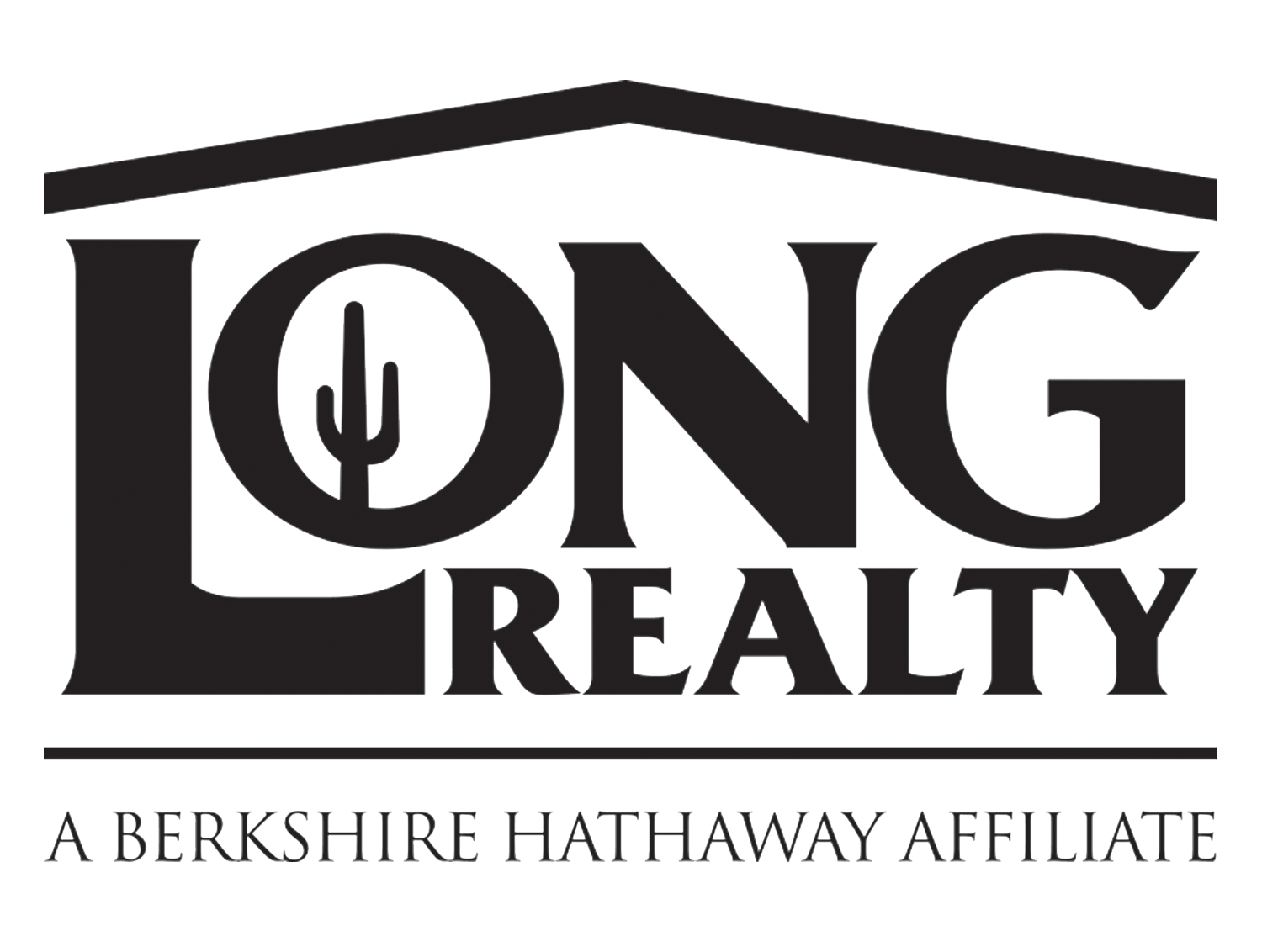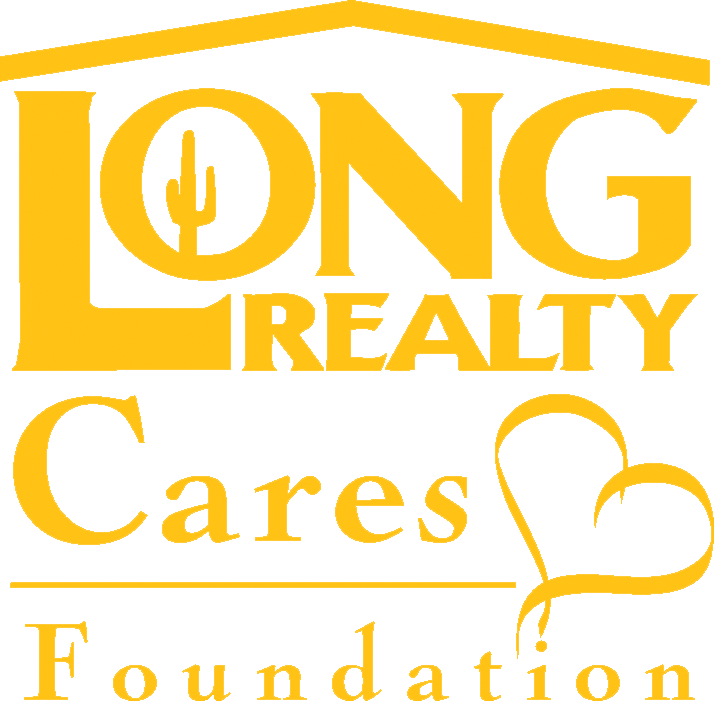May 29th, 2010 Buyers who were eligible for the now expired federal government tax credits who were unable to find a property in time to meet the April 30th contract deadline may end up better off if financing a purchasing soon. Interest rates have fallen substantially in the last month since the tax credit expiration and depending upon the size of loan and length of term a buyer owns the property they could receive a bigger benefit by missing out on the credits.
For example, a buyer who purchases a home at the average Tucson area price in April 2010 for $200,000 and puts down 20% for a loan amount of $160,000 would have had a principal and interest payment of $892.47 per month with a 30 year fixed at a 5.34% interest rate. That same buyer now could get an interest rate of 4.625% and that monthly payment would be reduced to $822.62 for an annual savings of $838.20. Over the life of that 30 year mortgage this would accumulate to $25,146 in savings, thereby dwarfing the tax credit. The break even point of such a scenario for the $6,500 tax credit would be 7 3/4 years and for the $8,000 credit would be just over 9 1/2 years. Of course a higher loan amount would add up to even greater potential savings.
This goes to show that there are always many factors to consider when purchasing a home. The tax credits were absolutely a worthwhile consideration, as are interest rates, and of course purchase price. Right now with interest rates near all-time lows again, this makes it a very attractive market for buyers. Assuming home prices don’t fall dramatically further, which seems unlikely at this point locally, it is important to consider taking advantage of these low interest rates. Locking in a low rate may be more beneficial than timing the absolute bottom of housing prices.
May 28th, 2010 Today’s local real estate market differs from recent years because of the higher volume of “distressed” properties. These homes which have been foreclosed or whose owners are trying to sell short offer substantial attraction for many buyers because of their lower list price, but are they good values? That answer often depends on a buyer’s priorities, timeline, and previous buying experience. It’s also important to recognize a few key differences between the two types of distressed properties. Throughout the Tucson market you’ll see a number of these homes listed and once you decide if this type of transaction is right for you or not it can help narrow your search, saving valuable time.
First, foreclosures may often be purchased under market value and within a typical resale timeline but at times this comes at the cost of deferred maintenance or other property neglect. Therefore it is especially key to have a thorough home inspection performed to determine the home’s exact condition. Depending upon a buyer’s motivation even some deferred maintenance or property damage may be acceptable as long as the cost of such repairs and time needed isn’t a detriment for their particular situation. Another reason these home inspections are even more important than a typical transaction is that these foreclosed homes are nearly all “As Is”. Any defects found are commonly the sole responsibility of the homeowner to rectify. However, not all foreclosures are the same and certainly good deals can be found on properties in excellent condition. It’s these properties that typically sell most quickly and therefore a buyer must be ready to make swift decisions in such a circumstance when the right property comes along.
Another common distressed property sale in today’s market is the short sale. While foreclosures should be entered into with much caution and circumspection they are still relatively straightforward, whereas short sales are generally considerably different and may frequently require more patience. It often seems many potential buyers don’t fully understand the term short sale, so let’s begin with a simple definition. A short sale is a real estate transaction where the proceeds from the sale of a property is less than the balance owed on the loan(s). Because the loan, or in some cases multiple loans (second loan, home equity line of credit, or lien on the property), can’t be repaid with the sale, this type of transaction requires the approval of at least one mortgage holder and in many cases a second bank or mortgage insurance company may also be involved.
Often it’s this additional layer(s) of involvement that can delay or stretch out the length of time taken to close on a short sale property after getting under contract. Short sale properties have a lower success rate than either a conventional transaction or foreclosure because of these additional complications. Sometimes it may even take months to hear back from a lender about an offer because they must make the determination as to whether it is most cost effective for them foreclose on the property if the current owner is unable to pay or to accept the short sale. A part of this process involves them having an appraisal or BPO (Broker Price Opinion) done to ascertain the value of the property in question. It’s worth noting that while typically it is true that short sales are listed at lower than market prices, it is possible that a short sale may not even be a good value just because it’s a short sale (remember it only means the sale price won’t satisfy the amount of the current loan). Another consideration is that properties substantially under market value may be too good to be true because the lender has to agree to such a price, not just the homeowner. If they feel a better price can be had by either a different short sale price or foreclosing on the property, it comes down to business and they will maximize the money received from that property.
This is just a quick overview of some of the circumstances surrounding distressed properties in today’s market. Buyer preferences for a quick transaction, sometimes property condition and move-in ready status, price sensitivity, and ease of the transaction all can play factors as to whether looking at a distressed property makes sense. It is best to consult with your us to explore all of the factors involved to determine whether a foreclosure or short sale is worth investigating for your particular needs.
May 20th, 2010 Starting in January of this year new guidelines went into effect surrounding the RESPA (Real Estate Settlement Procedures Act) statutes. RESPA exists as a protection for consumers and covers closing costs and settlement procedures. Among the many protections offered to buyers is a ban on kickbacks which increase the cost of settlement services. RESPA also requires that buyers receive disclosures at various stages of the process, including a Good Faith Estimate (GFE) at the time of loan application which covers estimated settlement costs the buyer is likely to incur at closing. The other noteworthy disclosure that recieves significant attention is the HUD-1 Settlement Statement which clearly discloses the actual charges to the buyer and seller at the closing.
The GFE and HUD-1 underwent some revisions as part of this update recently taken effect and in particular the HUD-1 allows borrowers to view a comparison table of the estimated settlement costs listed on the GFE compared with the actual cost included on the HUD-1. These are standardized forms in an effort to make the process as transparent as possible. Ultimately the goal of these revisions is to allow borrowers to become better consumers by being provided with more information on the costs they will encounter in buying a home. This primary goal hopefully is accomplished by proper implementation of the following smaller goals in conjunction with these new forms:
- Allow the forms to be used as a means of comparison shopping for their mortgages
- Clarify and simplify the trade-off between the interest rate and up-front fees
- More clearly distinguish the role of the originator as that of lender or broker
- Provide a clear understanding of the different settlement fees to the borrower
- Allow borrowers to match the numbers from the GFE to the HUD-1
Every effort made to inform borrowers of the costs associated with settlement services and to allow a more clear comparison from lender to lender is a positive one. Ultimately this should result in more educated buyers who have a better understanding of the loan product they choose and its details.
May 6th, 2010 The following is an excerpt of an article published in The Explorer on May 5, 2010 by Alan M. Petrillo.
Spring brought a dazzling crop of wildflowers to southern Arizona, and it’s fostered the growth of something else — a spurt in the building of new homes throughout Northwest Tucson.
John Strobeck of Bright Futures Business Consultants in Tucson said that for years, the Northwest led the Tucson region in new home building volume, but it fell to second place with the extended southern region of Tucson taking over the lead.
“But for new home sales by area, for the last 12 months, the Northwest has had 21 percent of all new home sales,” Strobeck said, “eclipsed only by the extended South at 33 percent. Twenty-one percent is a good percentage in these times and I expect the Northwest to continue to be strong.”
April 20th, 2010 Only just over a week remains for buyers to take advantage of the federal government’s latest tax credit program. This “Extended Tax Credit” allows qualifying first-time and some previous homeowners to receive either up to $8,000 or $6,500 respectively. The expiration of this credit comes in two phases with buyers having to be under contract by April 30, 2010 and to close on the property by June 30, 2010. Therefore, only a limited time remains for interested buyers to take advantage of this extra incentive from the government.
|
Client Testimonials"The service we received from Stephen Woodall from Long Realty was above anything we could expect or ask for." - Nicole & Mendall View More Testimonials |








Connect With Us!